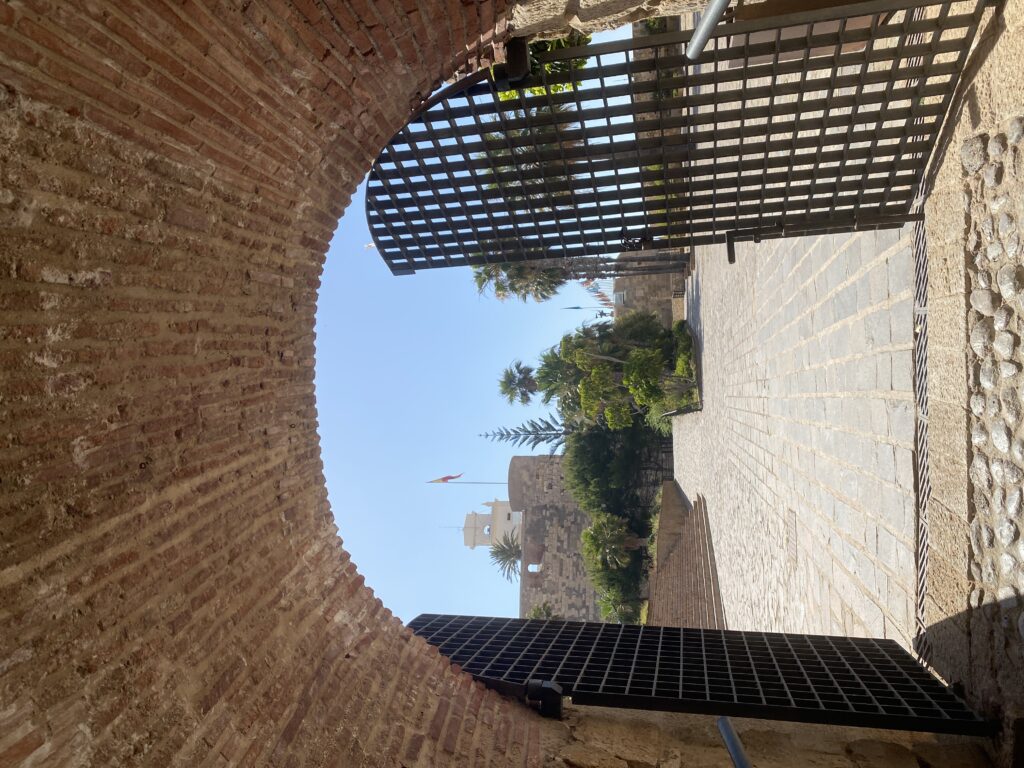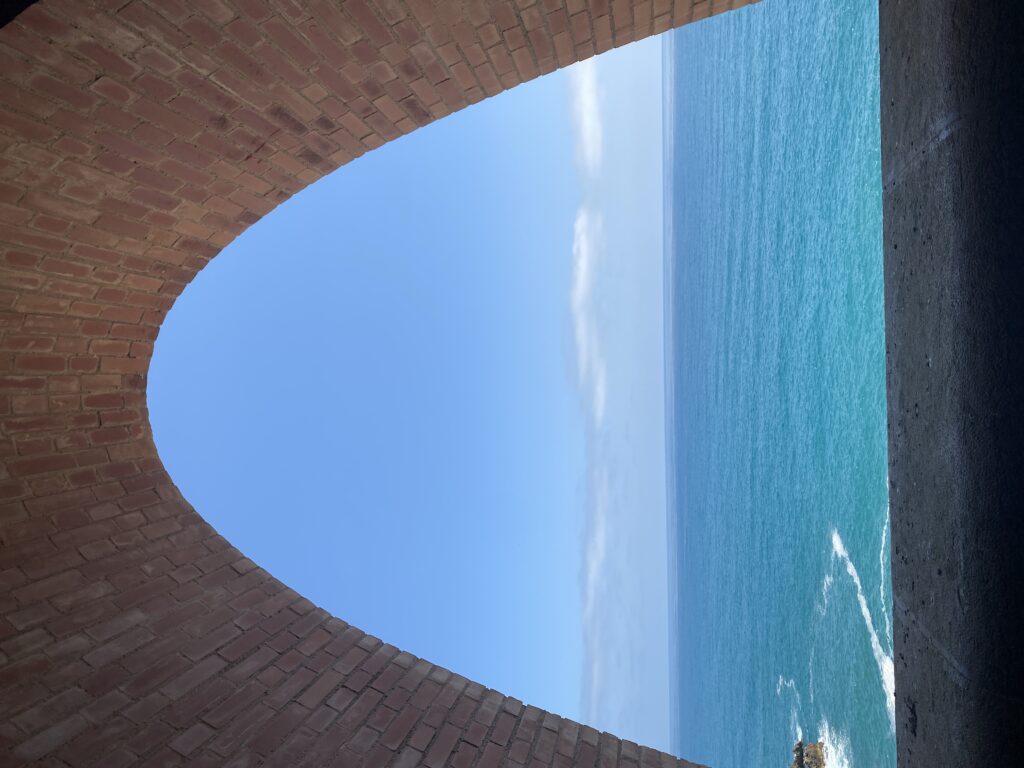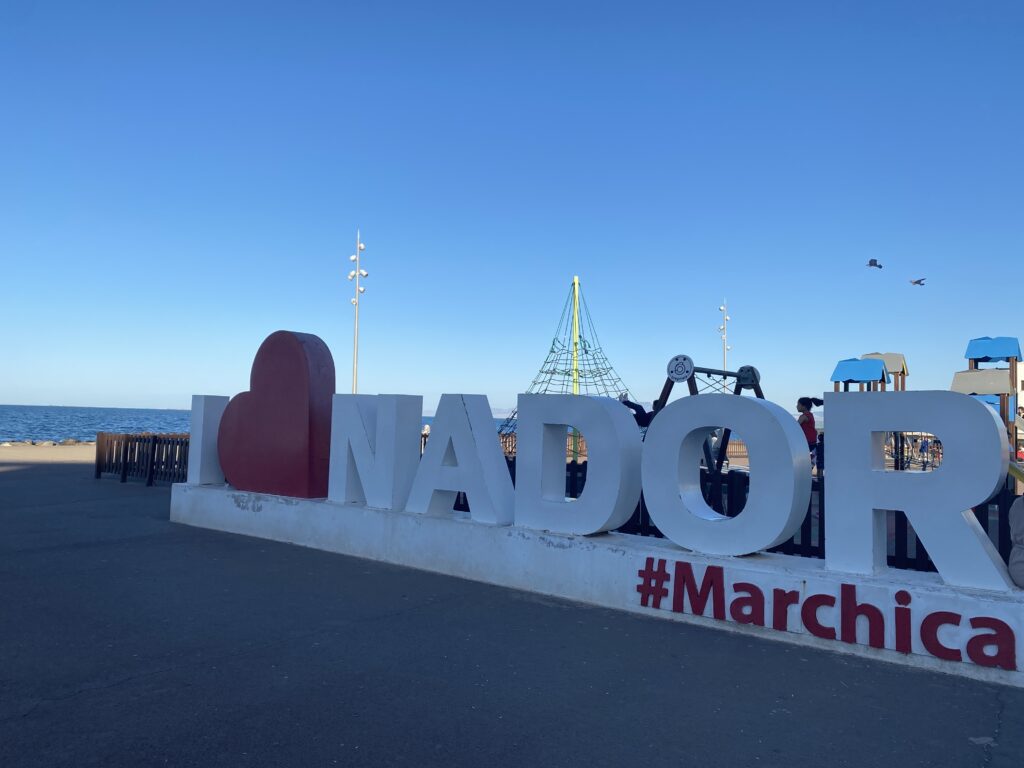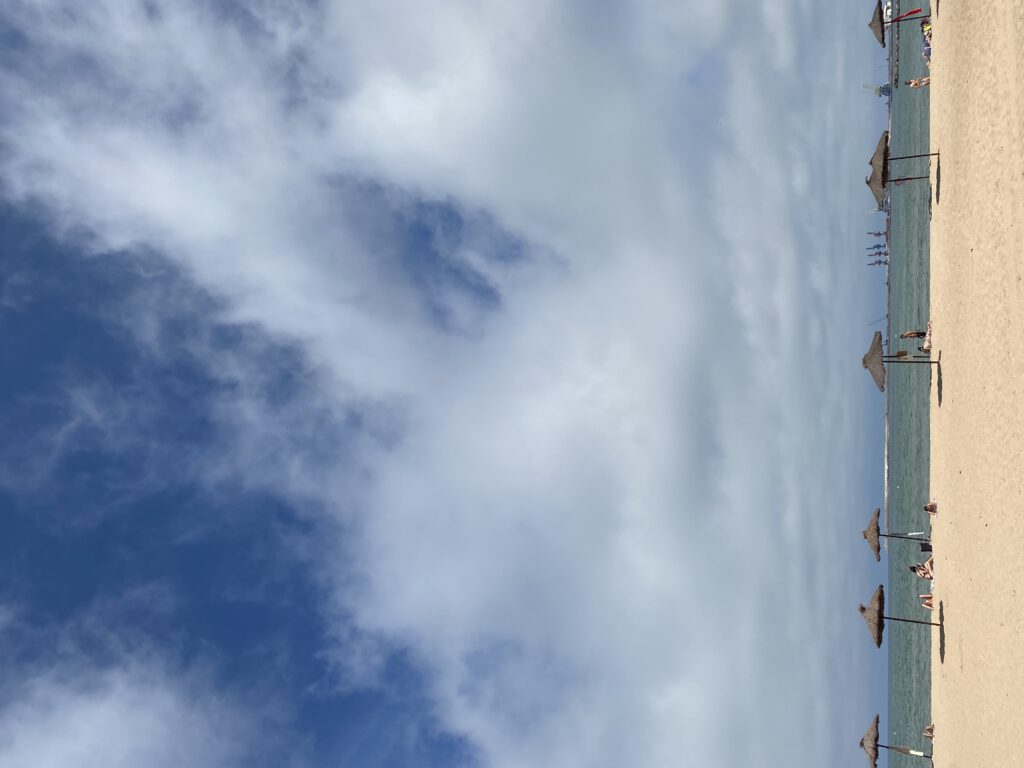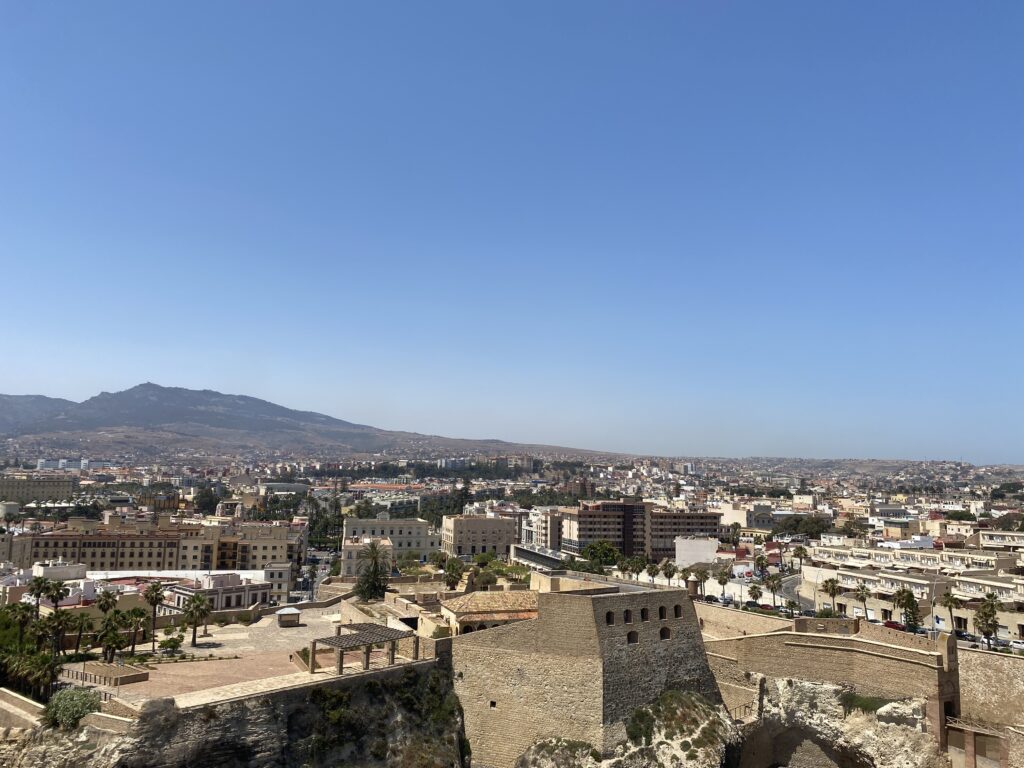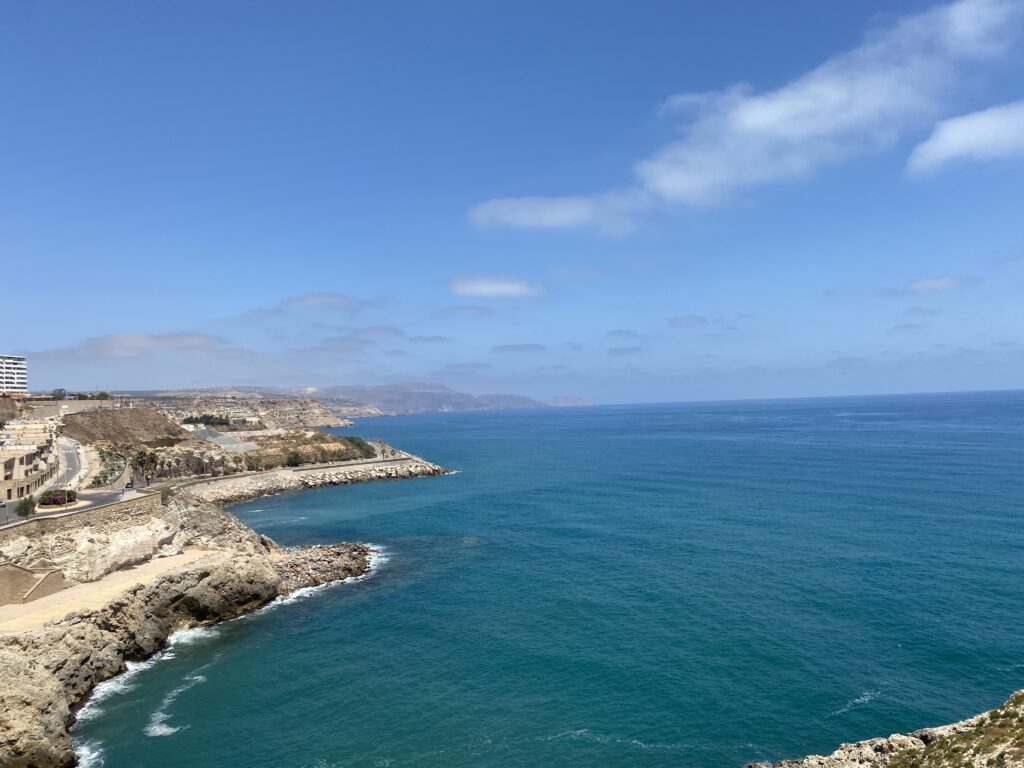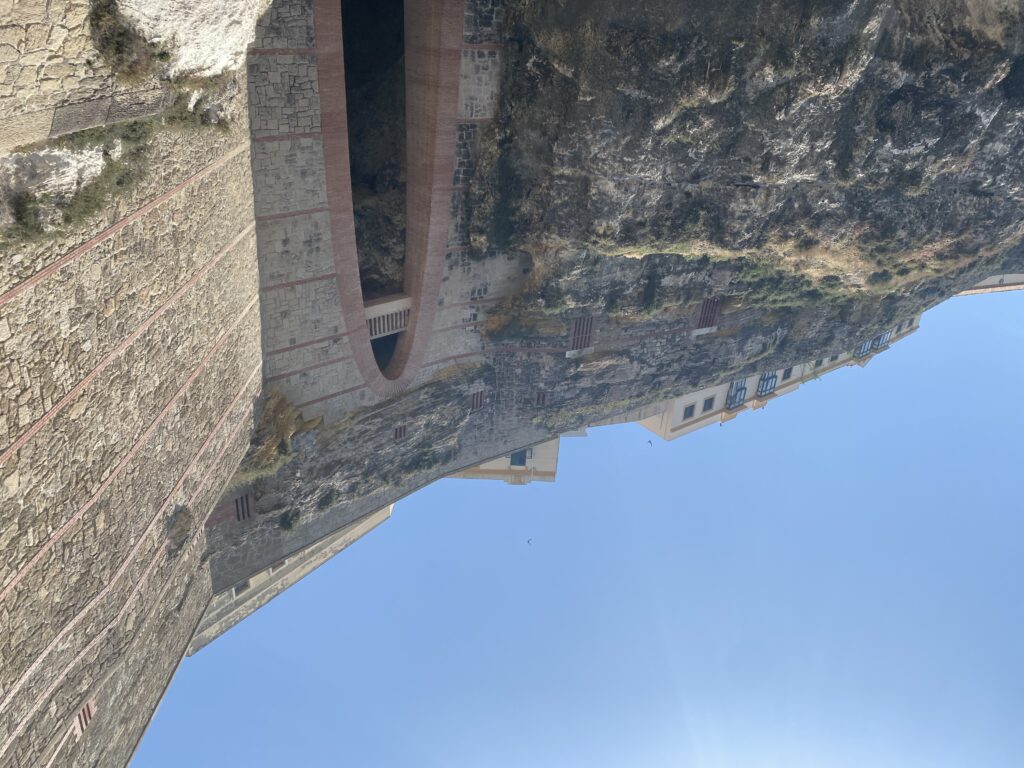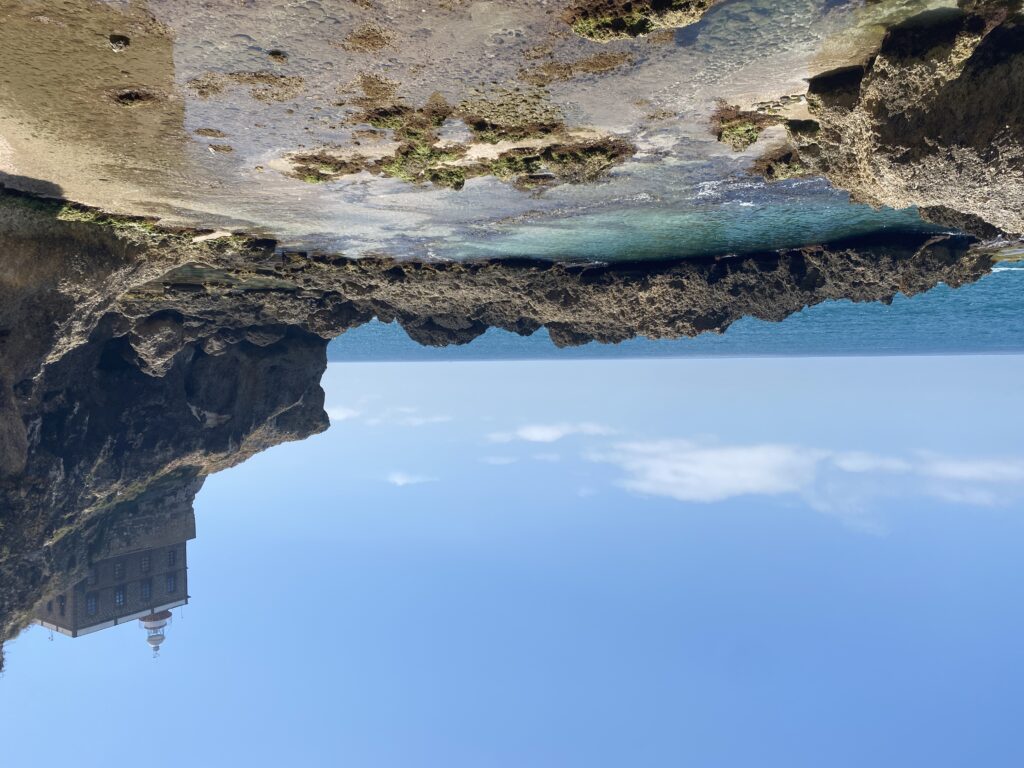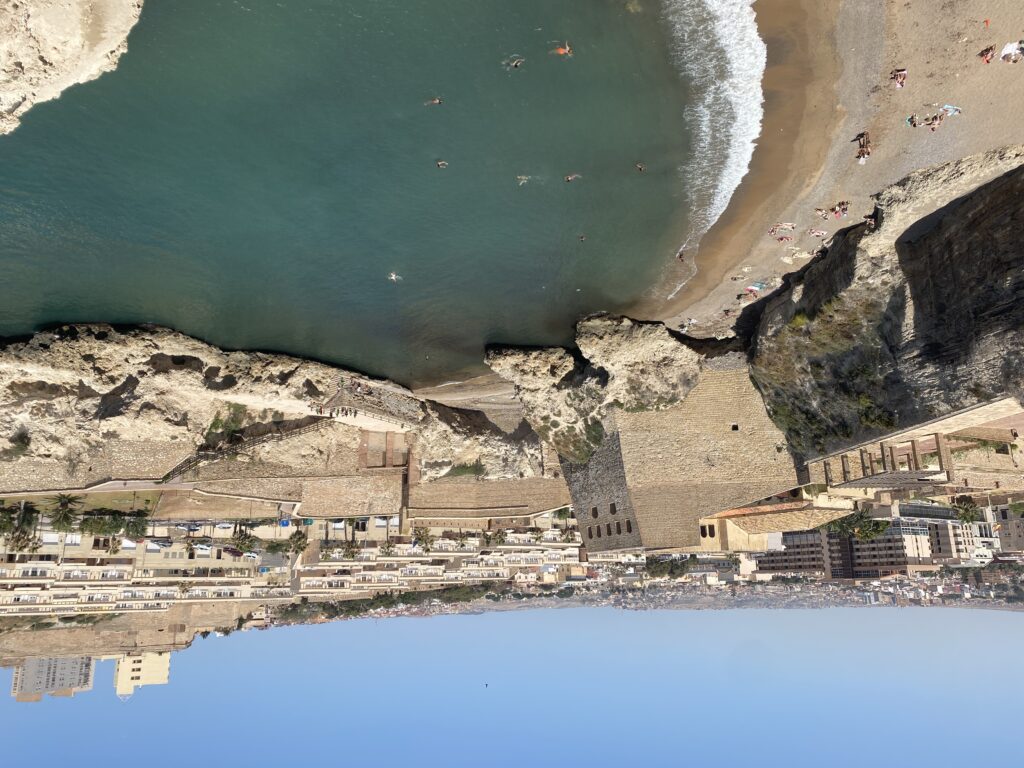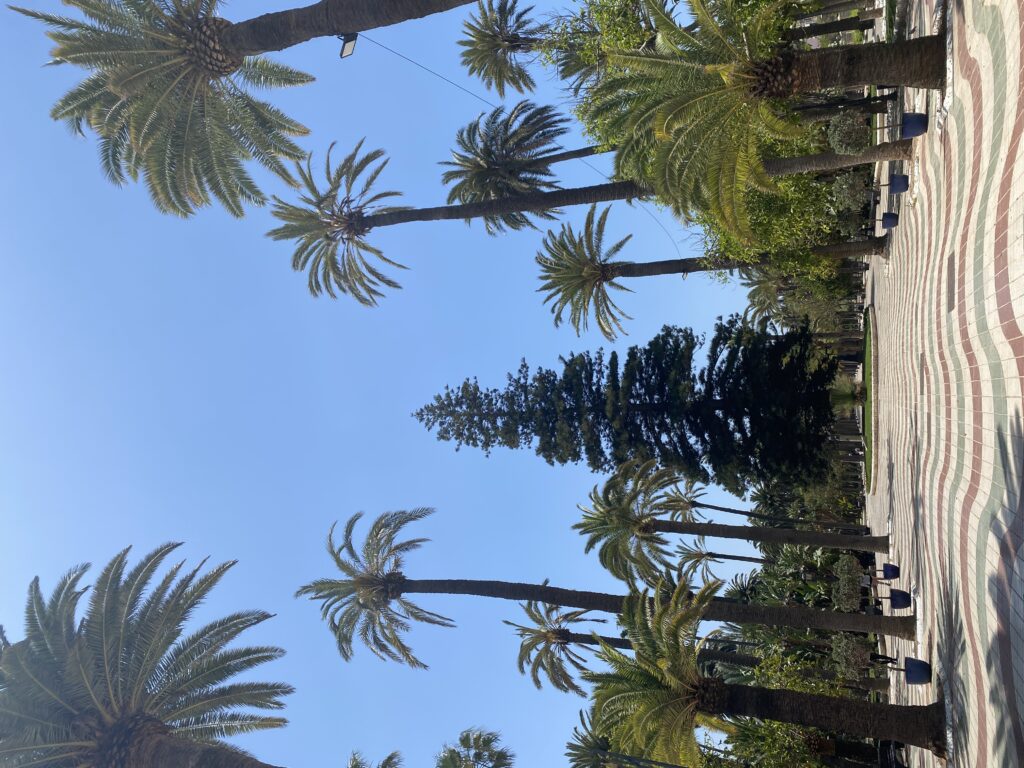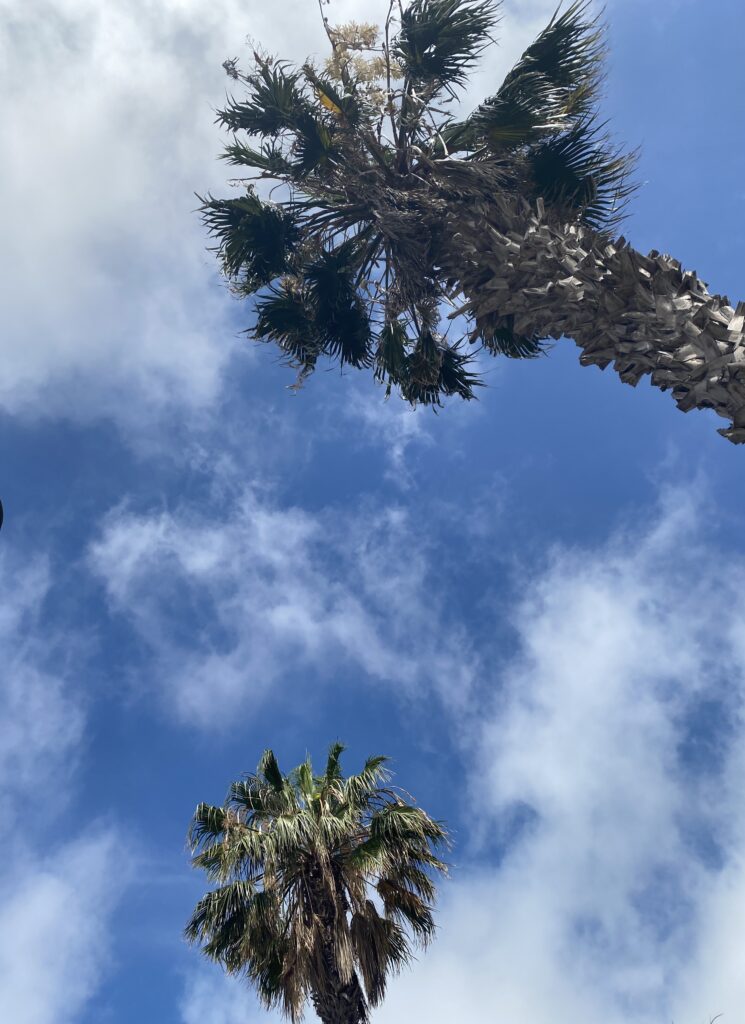Taken from Morocco in the late 1400s, Melilla is a small city on its northern coast, located just 100 kilometers from the Algerian-Moroccan border. It features a cliff-top city center, Melilla la vieja, and unspoiled beaches all around. But of course there’s a catch: the tricky part about Melilla is getting there. It was only a few years ago that direct flights from Spain even started being offered; before that the only options were a very long ferry ride (6.5 hours from Málaga), a helicopter (lol), or crossing the border on foot from Morocco. When I went to Ceuta years ago, it was literally because of this that I even went there—out of the two, Ceuta was just easier to plan. Now, with only Melilla and Navarra being left for me to visit out of all Spain’s comunidades, it was time.
I chose the to cross the border on foot from Moroco, which meant flying to Nador. Faced with direct flights to Melilla that cost hundreds of euros or the 30 euro round trip tickets to Nador, the choice was easy. I stayed in Nador for two nights, mainly just to relax a bit, and even that was too much time. Besides a couple of mosques and a beach promenade (but only one beach located far to the south), there was not much to see in Nador, and this from someone who adores seeing absolutely everything.
The border is about 25 minutes by taxi from the city, and crossing, though straightforward, took about an hour. Then it was just another short taxi ride to the Airbnb. I stayed just one block from the beach, which stretched all the way down to the border. I went every afternoon and there was virtually no one there—compared to the beaches of southern Spain, a dozen people feels like no one at all.
The old city center, perched on cliffs overlooking the water, offers lovely views of the ocean and city, and can easily be seen in a day. In addition to visiting the handful of sights and museums, I walked around the bastions before heading to lunch.
Melilla la vieja’s main sights:
-Museo de Melilla: in addition to offering the history of the city, it also had exhibits on the different ethnic groups that lived there: the Romany people, the Amazingh, and the Jews
-Cuevas del Conventico: old caves used by the citizens for shelter in times of conflict, they offer a path down to one of the city’s beautiful coves
-Lighthouse of Melilla and the Galapagos Cove
-Plaza España, Parque Hernández, and Iglesia de la Purísima Concepción
The Museo Casa del Reloj, featuring an impressive art collection, was closed for renovations when I was there (boo).
Some additional places to visit are the three fortresses located outside the old center: Fuerte del Rosario, Fuerte de Victoria Grande, and Fuerte de Victoria Chica. They are visible from the views offered by the military museum, and I did not relish walking to them in the scorching afternoon heat.
All in all, I spent 3 days in Melilla, and it’s the perfect place for some super relaxing beach time if you can get past the hassle of getting there.

